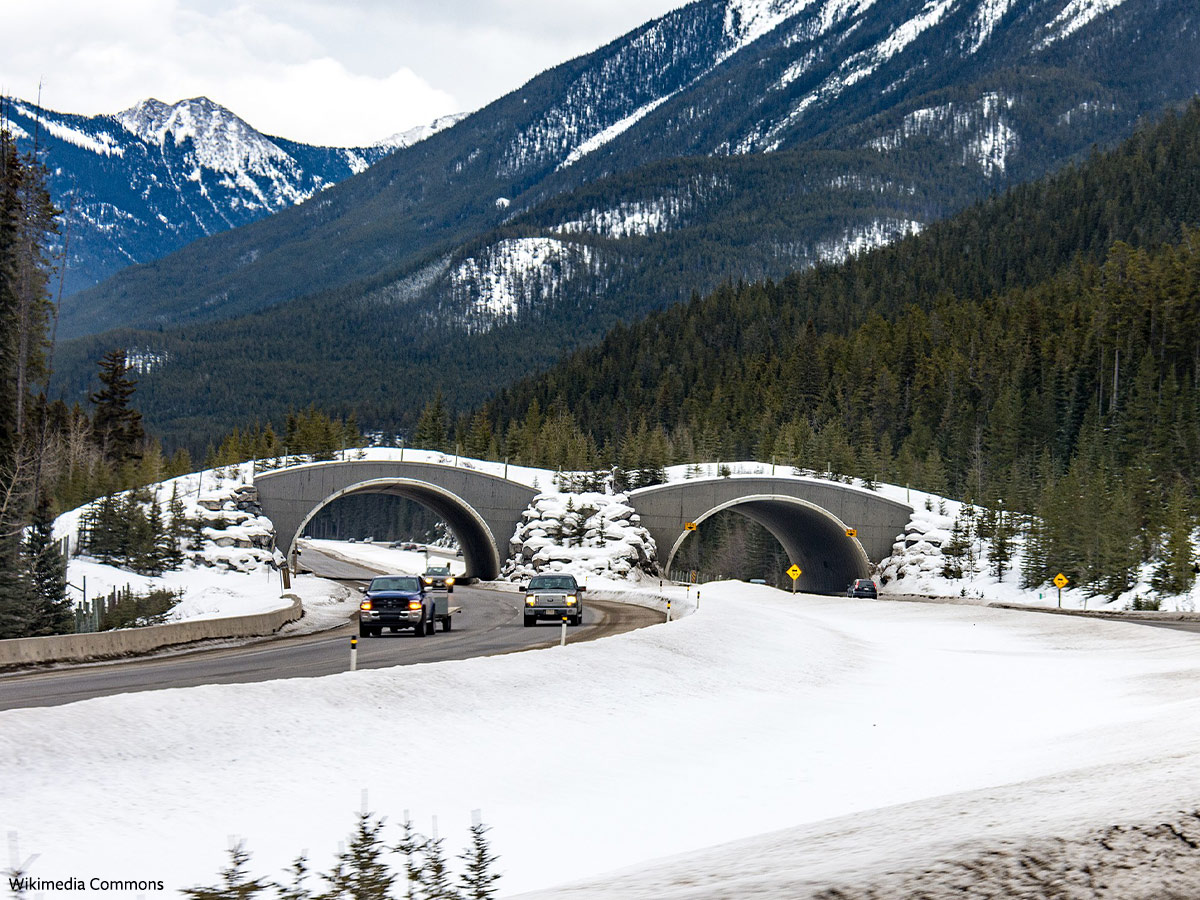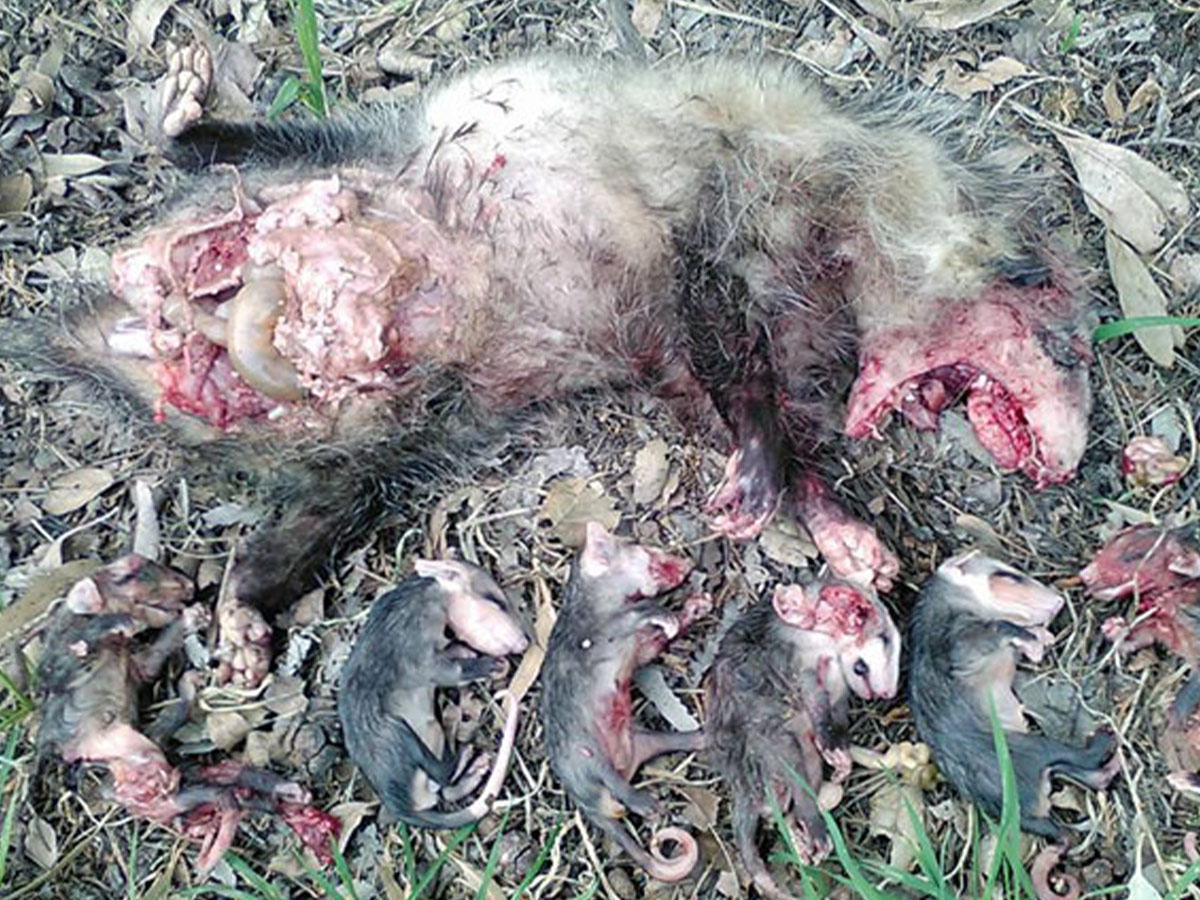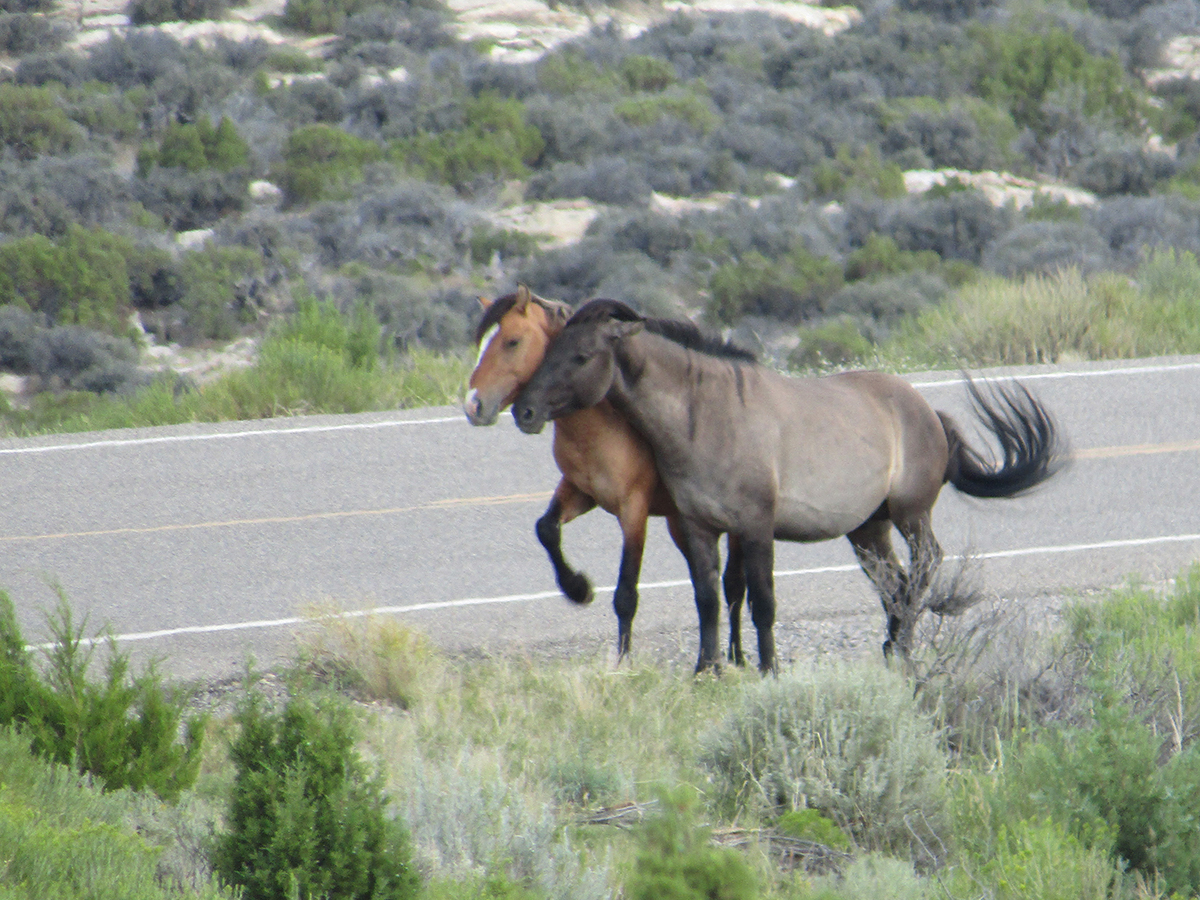The ever-growing system of roads crossing the U.S. is fragmenting habitat and posing a major threat to wild animals and to motorists who can both be injured and killed in collisions. Countless animals die trying to cross them, but building wildlife crossings can help reduce these deadly and costly accidents, and protect both individual animals and entire species.
“Imagine getting in the car at Thanksgiving to head home to where you grew up, and driving under a few wildlife overpasses. That should be part of the American experience.”
—Ted Zoli, bridge engineer and MacArthur Fellow

What Are Wildlife Crossings?
Wildlife crossings are specially designed passages above or beneath roadways that allow animals to cross safely.
They come in two general types — overpasses and underpasses — the design of which should be adapted to the needs of the local species. For example, a small culvert may be the appropriate design for a local population of reptiles or amphibians, whereas a large bridge crossing may be required for larger animals like mountain lions or elk.
Wildlife crossings have two main purposes: to protect animals and to protect motorists.

Why Are Wildlife Crossings Necessary?
Humans drive a lot and build a lot of roads. In the U.S., each day people drive 4 trillion miles over more than 4.2 million miles of mostly paved roads.
And the problem is only getting worse. As our human population continues to grow exponentially and it gobbles up a football field’s worth of nature every 30 seconds in this country, and the number of miles driven and the total distance of paved roads continue to increase, so too do the barriers to animal movement and the number of wild animal-vehicle collisions. Today, scientists estimate that U.S. roads negatively impact the natural ecology of at least one-fifth of the country.

Ongoing road building has led to a 50% increase in wild animal-vehicle collisions in the last two decades. According to the Federal Highway Administration, in the U.S., there are more than 1 to 2 million wild animal-vehicle automobile collisions with large animals each year.

How Do Wildlife Crossings Protect Animals?
Wildlife crossings protect animals in two distinct ways.
For starters, they reduce the number of wild animal-vehicle collisions, which prevents animals from being directly killed, maimed, or injured.
Currently, approximately one million animals are killed in automobile collisions every day, making them the leading cause of death for many animal species. (It is worth noting that many such collisions go unreported to authorities, so it is likely the actual number of animals killed is significantly higher.)
Wildlife crossings also help animals on the species level. Roads and especially highways can present near-impenetrable barriers to animals. This can of course present a grave threat to animals who are members of species that migrate. More generally, when roads divide habitats into distant segments that cannot connect with each other, this is called habitat fragmentation. Habitat fragmentation is a grave threat to all animals, but especially to threatened and endangered animals, as it reduces the amount of land that animals have available to find food and potential mates. Over longer periods of time, habitat fragmentation reduces wild animal biodiversity, which is essential to healthy ecosystems.
How Do Wildlife Crossings Protect Humans?
Wildlife crossings protect humans as well as other animals.
Humans can be injured or killed during wild animal-vehicle collisions in multiple ways. In the case of collisions with larger animals, such as moose or bears, the animal can be large enough that the force of the collision itself can be fatal to humans. In addition, people can be killed when they attempt to swerve out of the way to avoid a collision. Research indicates that wild animal collisions in the U.S. result in over 30,000 human injuries, and approximately 200 human deaths per year.
Wildlife crossings also protect humans’ wallets. Deer-vehicle collisions cost an average of $8,190. Elk-vehicle collisions cost an average of $25,319. And moose-vehicle collisions cost an average of $44,546. In the United States alone, vehicle accidents involving wild animals rack up more than $8 billion in medical costs, vehicle repairs, towing, and infrastructure repairs.
Are Wildlife Crossings Effective?
Yes! Wildlife crossings are the difference between life and death for many animals, including a good number of humans as well.
The Colorado Department of Transportation reports that since two overpasses and five underpasses were completed in 2016, collisions have decreased in those affected areas by 90%!
More generally, studies that looked at the impact of wildlife crossings on native species in Florida, bandicoots and wallabies in Australia, and jaguars in Mexico, all show that wildlife crossings save money, as well as lives of all the affected species.
Are Wildlife Crossings Cost-Effective?
Well planned and designed, they certainly can be.
It is true that some types of wildlife crossings, especially overpasses, can be somewhat costly. But as noted above, animal-vehicle collisions amount to more than $8 billion in expenses each year. Animal-vehicle collisions entail a wide variety of different costs, including medical costs, vehicle and infrastructure damage, emergency response, traffic control, travel delays, and other associated economic costs.
Wildlife crossings, including both underpasses and overpasses, when built in high traffic locations where collisions are common, can easily become cost-effective over the long term.
And this is purely to speak of monetary savings. Additional “savings” that should be accounted for include the benefits associated with protecting wild animal populations, threatened and endangered species, and human drivers and their passengers.

Which Species Do Wildlife Crossings Help?
In theory, wildlife crossings can protect any land-based animal. Additionally, in helping to protect species, habitats, and ecosystems, they protect birds and aquatic animals as well.
In practice, already built wildlife crossings are already saving the lives of bighorn sheep, black bears, bobcats, coyotes, deer, desert tortoises, elk, Florida panthers, flying squirrels, gold monkeys, grey wolves, kit foxes, lizards, moose, mountain goats, mountain lions, pika, pumas, salamanders, snakes, spotted salamanders, water voles, wolverines, and so many more from countless species.
In addition, in the United States alone there are 21 threatened and endangered species whose leading cause of death is related to roadways. These species include bighorn sheep in California, geese in Hawaii, Key deer and panthers in Florida, red-bellied turtles in Alabama. In building wildlife crossings to help these species, one may very well ensure the very survival of the species.
What Can YOU Do To Support Wildlife Crossings?
- Avoid hitting animals on the road!
- Sign our alert to urge California to build wildlife crossings if you live in the state.
- Help justify the need for wildlife crossings by reporting animals killed on the road by taking a picture and sending it in every time you see an animal victim of a vehicle if you live in California.
- Read our blog post and donate to help support the Liberty Canyon wildlife crossing in California.
- Have a look at the work our Wild and Free campaign is doing.
- Take action for wild animals by signing our action alerts.
- Donate to In Defense of Animals to assist us in our efforts to protect animals.

